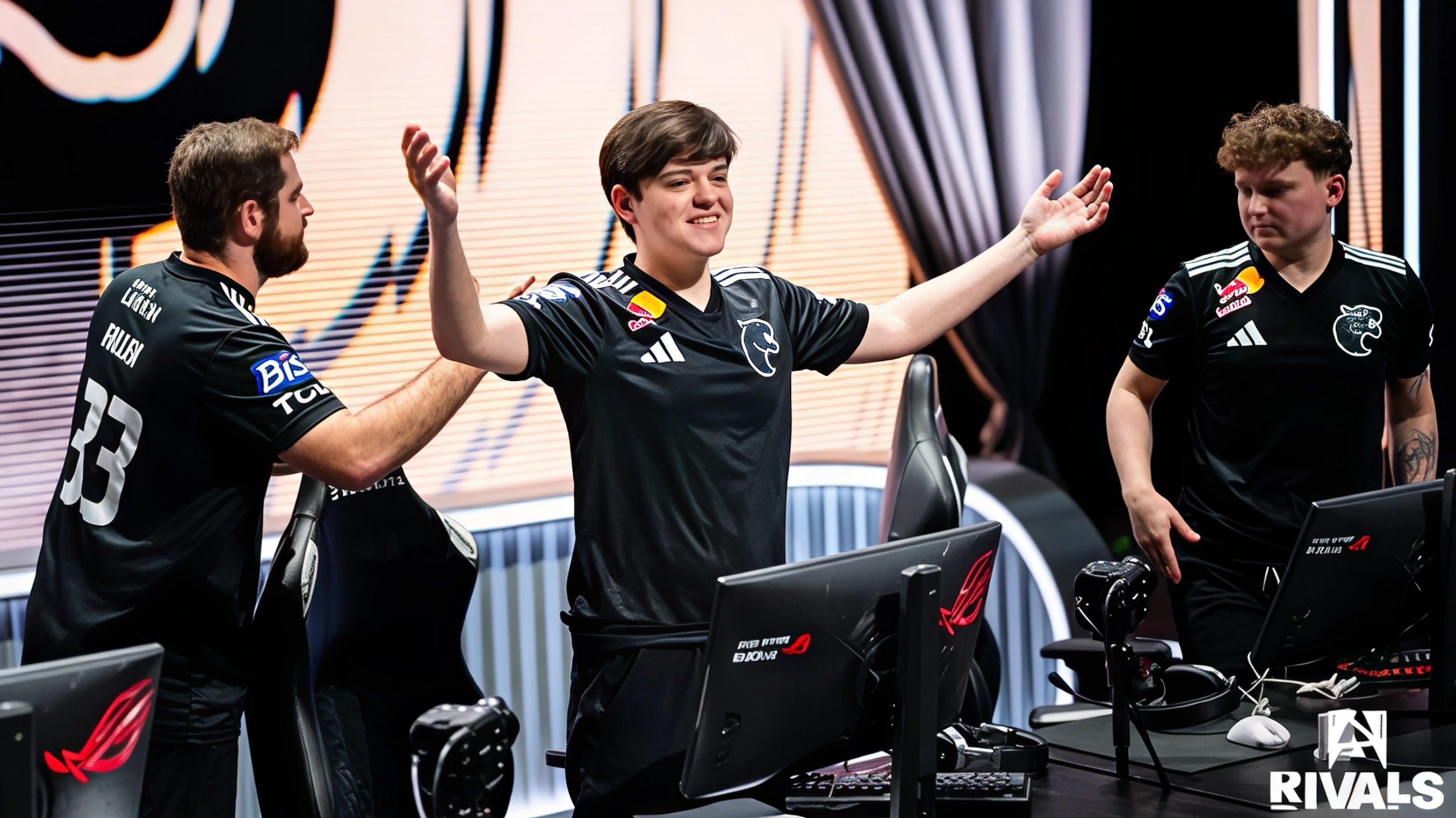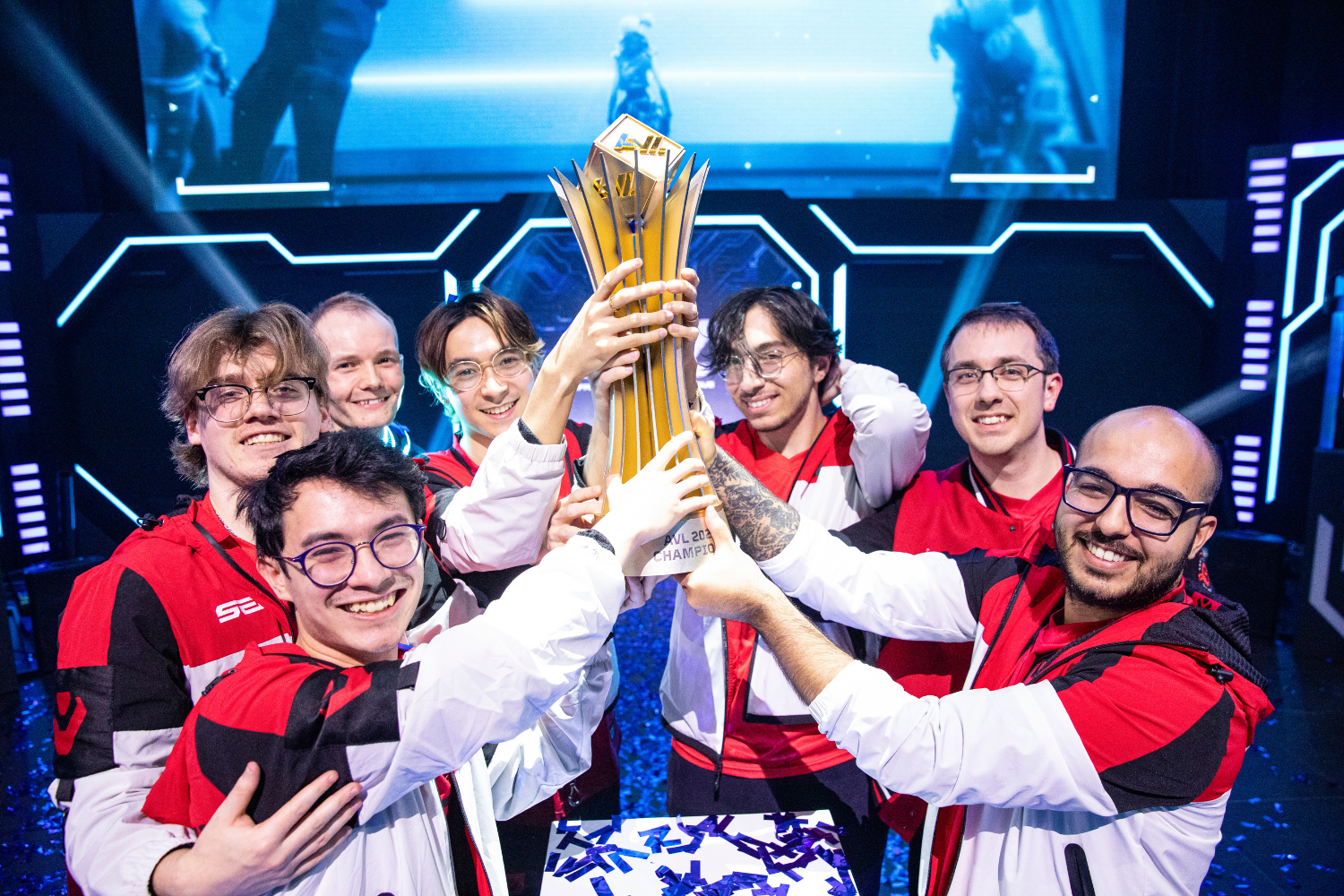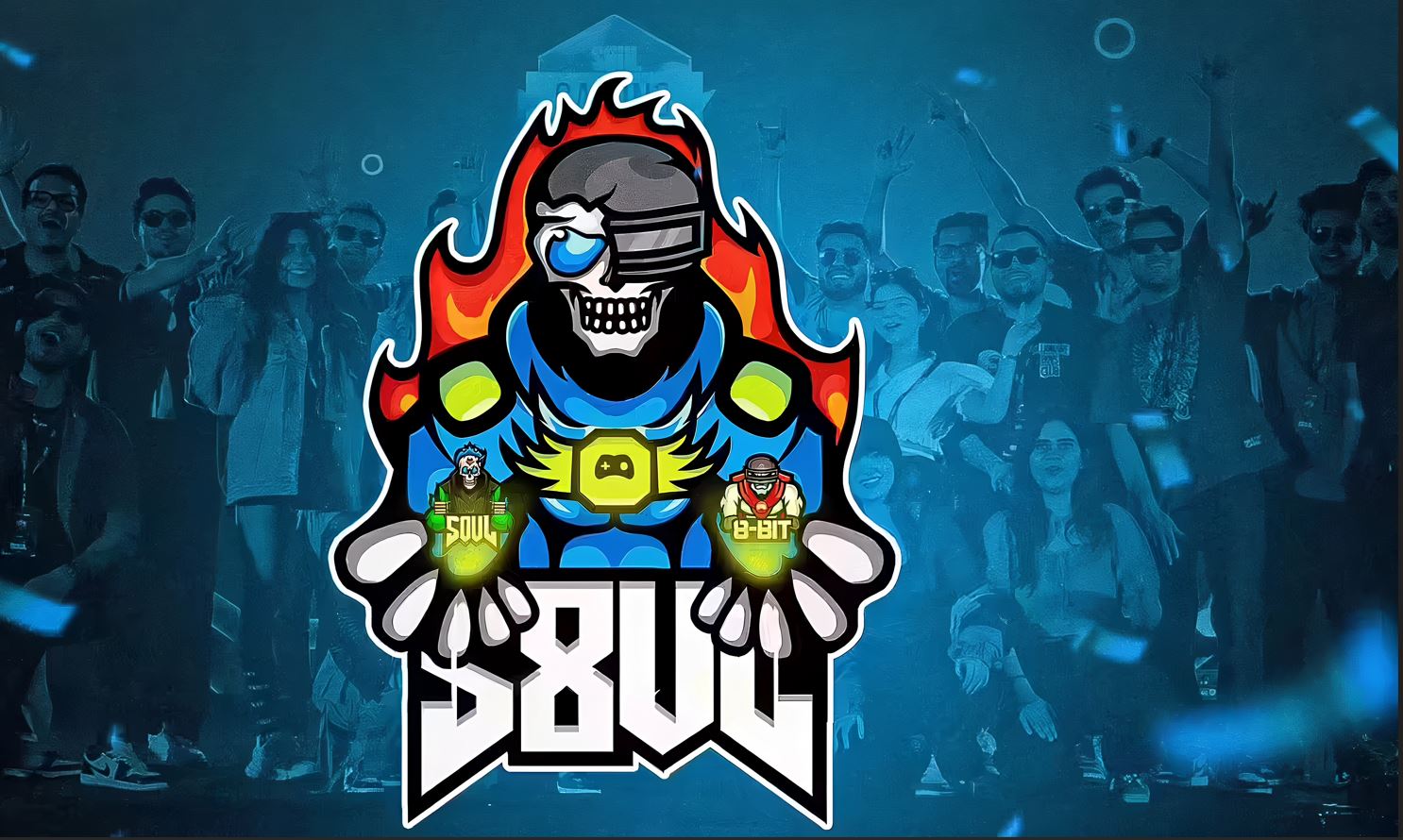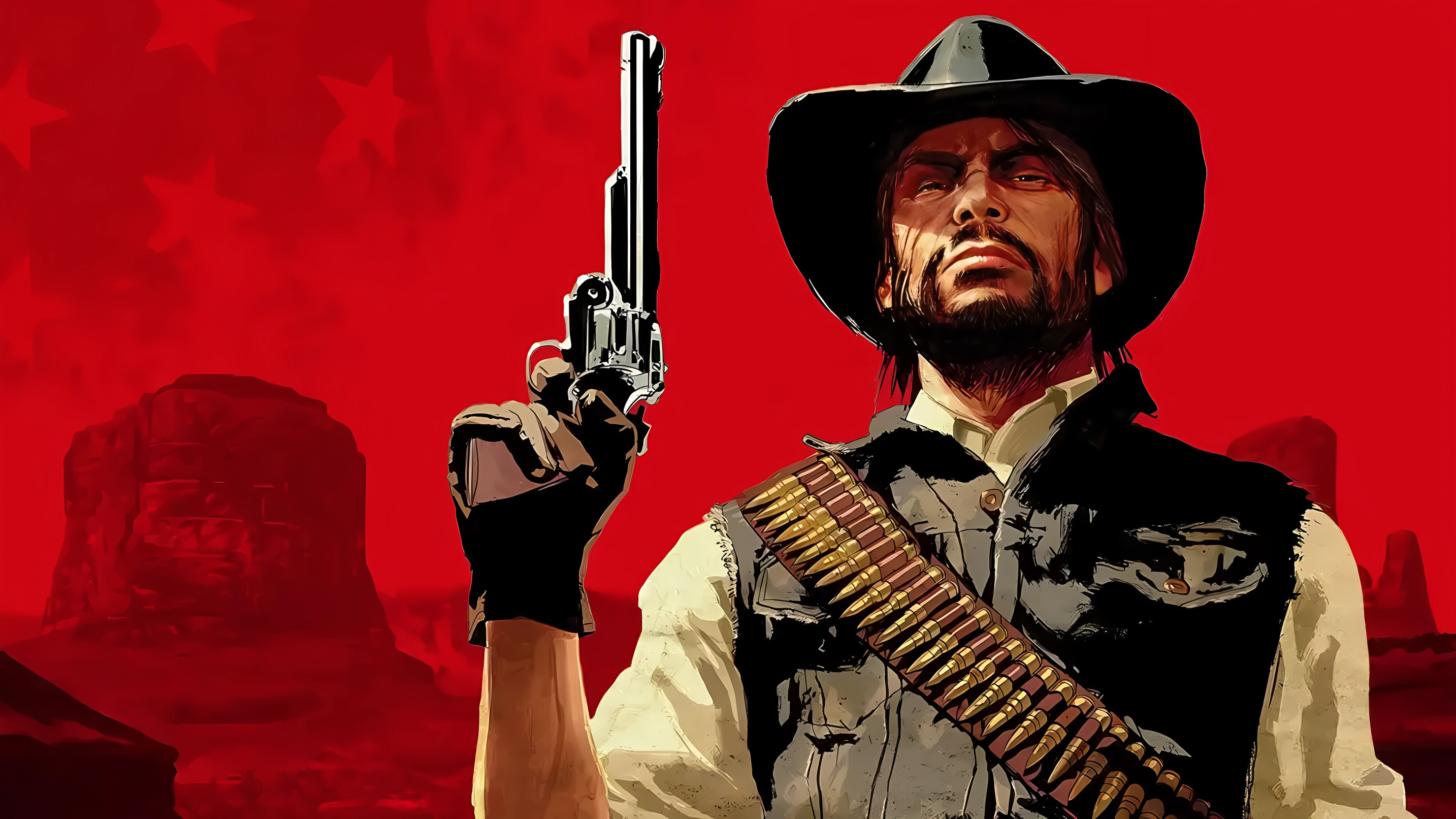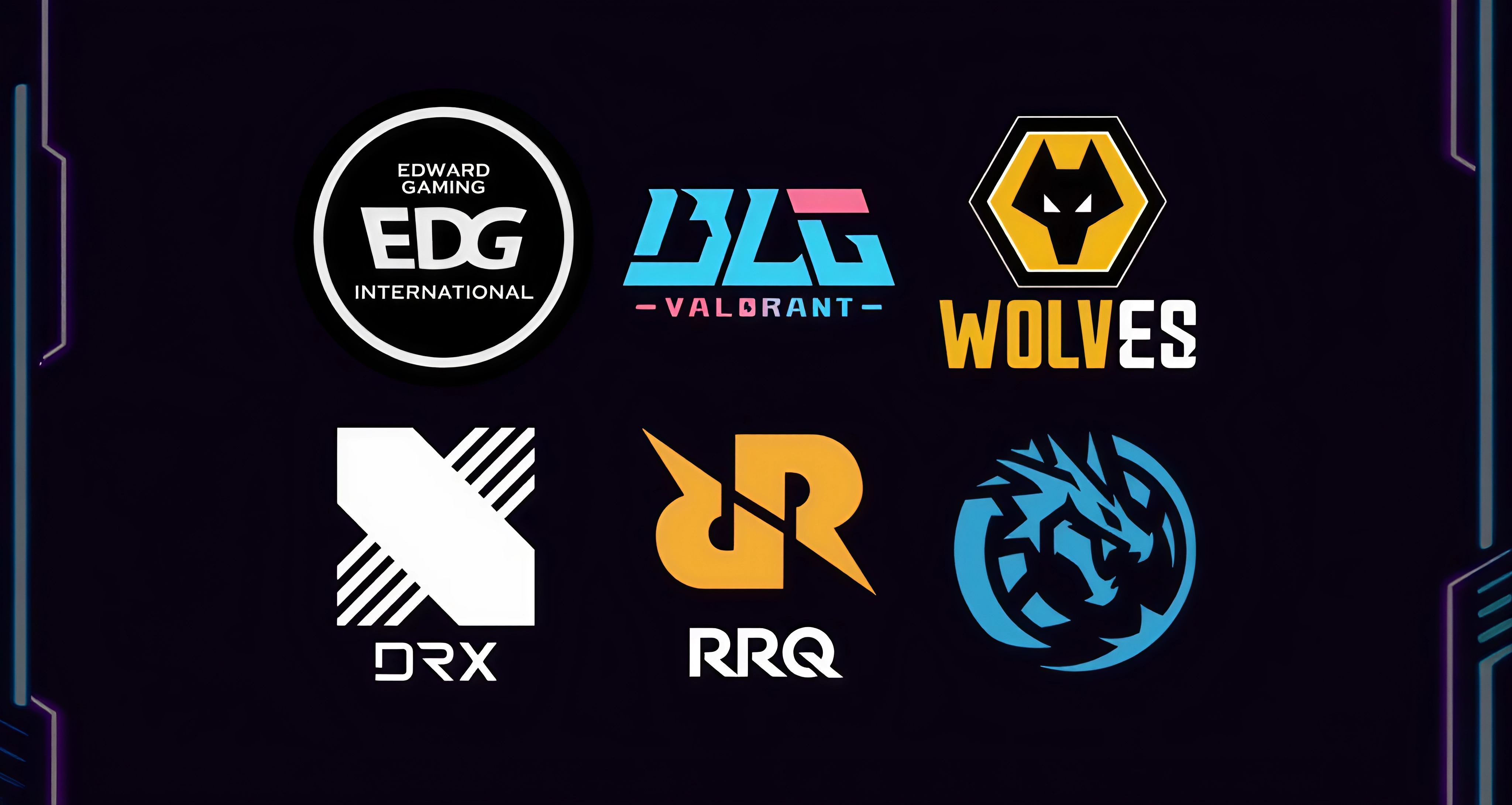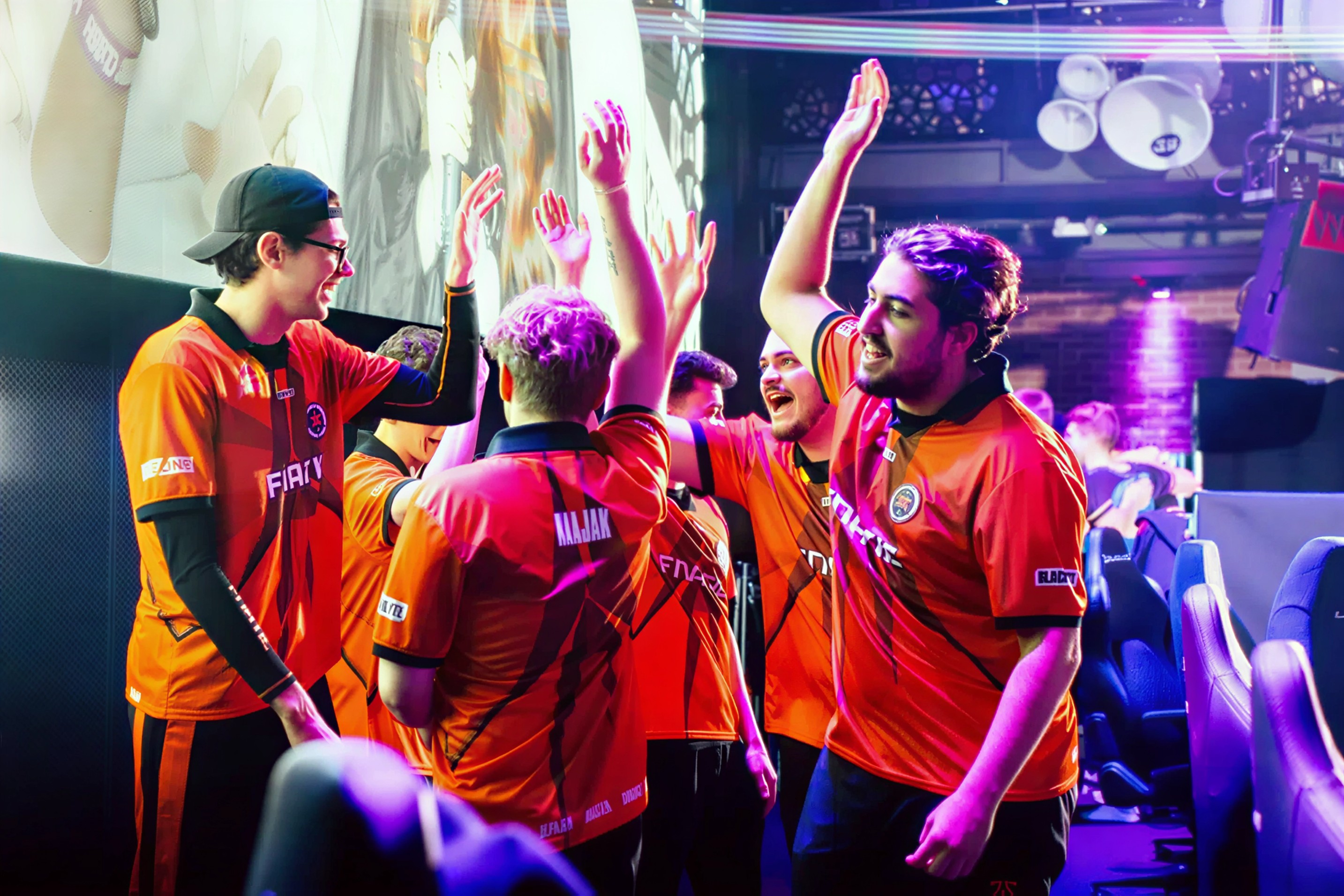VALORANT is about to get flipped upside down, and Riot Games is holding the blender. Announced as a new VCT Partner Series event in the EMEA region, Project Blender is a bold, chaotic, and groundbreaking new tournament set to launch from October through December 2025. But this is not your average bracket. This is a revolution built for chaos, unpredictability, and opportunity.
/pcq/media/media_files/2025/08/01/valorants-project-blender-shakes-up-emea-esports-with-hybrid-chaos-2025-08-01-12-44-45.jpg)
At its core, Project Blender is Riot’s most inclusive competitive format yet. Any VALORANT player across Europe, the Middle East, and North Africa can jump into the fray, provided their latency is below 80 milliseconds on the Paris or Frankfurt servers. That means pros, amateurs, streamers, and solo grinders all have a shot no invites, no gatekeeping, just raw competition.
The tournament kicks off with Phase 1, a single-elimination open bracket that can hold up to 1024 teams. The action only escalates from there. Mixed-gender teams get a special feature in the form of the Blender Spotlight, where one standout squad earns a direct ticket to Phase 3, skipping the bloodbath of Phase 2. The runner-ups? They grind it out with 63 other squads in a round-robin stage that lasts two high-stakes weeks.
And it only gets wilder.
By the time December rolls around, Phases 3 and 4 bring the chaos to its peak. Thirty-two teams will face off in a Swiss-style bracket with single elimination as the sword hanging overhead. The top eight teams will then move on to the LAN Finals, where the stakes are real, the lights are bright, and the pressure is off the charts.
But what truly sets Project Blender apart is its gameplay and structure. Riot is throwing out the playbook with its Blender Draft system, a savage format where teams are forced to evolve with each game. In Game 1, teams can pick freely. In Game 2, all previously selected agents are banned. In Game 3, agents from Game 2 are banned again. Every match becomes a mental warzone, forcing creativity, depth, and improvisation. No team can lean on one-trick strategies or comfort picks. You either adapt or collapse.
Then comes Challengers Call, a  seeding system that lets teams choose their opponents based on their earlier performances. Imagine an amateur squad that just pulled off a massive upset now being allowed to pick who they face next. Every win becomes a weapon, and every match-up becomes a mind game.
seeding system that lets teams choose their opponents based on their earlier performances. Imagine an amateur squad that just pulled off a massive upset now being allowed to pick who they face next. Every win becomes a weapon, and every match-up becomes a mind game.
And the prize pool? A hefty 75,000 euros, with a twist. Riot is introducing a Bounty System where lower-tier teams earn extra cash for eliminating higher-tier squads. This is esports Darwinism at its finest. If you are bold enough to punch above your weight class and win, Riot will pay you for the disruption.
Starting in Phase 2, amateur teams can earn mid-tier bounties by defeating tier-two opponents. In Phase 3, taking down a top-tier pro team will unlock a high-tier bounty. This not only levels the playing field but incentivizes chaos. It encourages upsets. It rewards risk.
Registration opens in September, and Riot is not just looking for players. They are calling on new casters and broadcast talent to join the party and make this event as loud and unforgettable as it deserves to be.
Project Blender is not just a tournament. It is a challenge to the traditional esports hierarchy. It is a call for every unknown legend to step up, rewrite the script, and make noise. Riot is shaking the bottle, and when it pops, the shockwaves could be felt across every tier of competitive VALORANT.
This is your chance to watch history unfold or be the one who writes it.
Follow Gaming Moves on Instagram and Facebook for daily updates, insane match highlights, behind-the-scenes drama, and coverage of every breakout moment from Project Blender. This is not just esports. This is the uprising.



